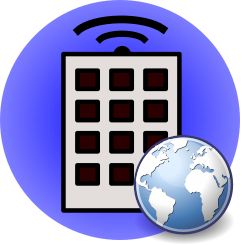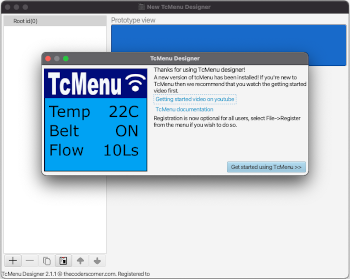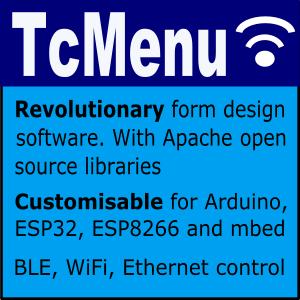Embed Control developer version for controlling and monitoring Arduino
There are two versions of Embed Control desktop UI, the first is built into TcMenu Designer and is aimed at developers and more advanced users that fully understand the menu tree, and may want to create customize views. The second version is a user-centric Embed Control packaged for App Stores and available from the App Store for that platform. This version will also support mobile devices running iOS and Android soon.
Control embedded menu application from browser - embedCONTROL.js
Instead of the desktop version, on Raspberry PIs you can serve a React.JS based single page web application that needs no installation. It works on a wide range of mobile phones, desktop and tablet devices. It is not supported in the Arduino or mbed environment directly at the moment.
Using the deployed app
To open the app, simply browse to the device on the configured host and port. For example if the device were 192.168.2.2 and the port were 8080, you would connect to http://192.168.2.2:8080, in the case of port 80 you can omit the port number.
tcMenu designer 2.2 with improved IoT support and more automated tested
It has been quite a bit more than a week since the last update, but a lot has happened in that time! First, we released version 2.1.3 of the library, and switched the designer to use the 2.1 plugins by default. That means that we’ve opened up themes for everyone to use. We’ve also made it really easy to rollback too.
However, let’s take a look at where we are now, since the move to a single code base for designer. Firstly, we’ve made several releases of the designer with improvements and fixes, it’s far easier now there’s only one code base to test and ensure it works. We are now able to round trip much faster and that should benefit everyone. In the next version you will even be able to choose more than one remote/IoT connector at once.



